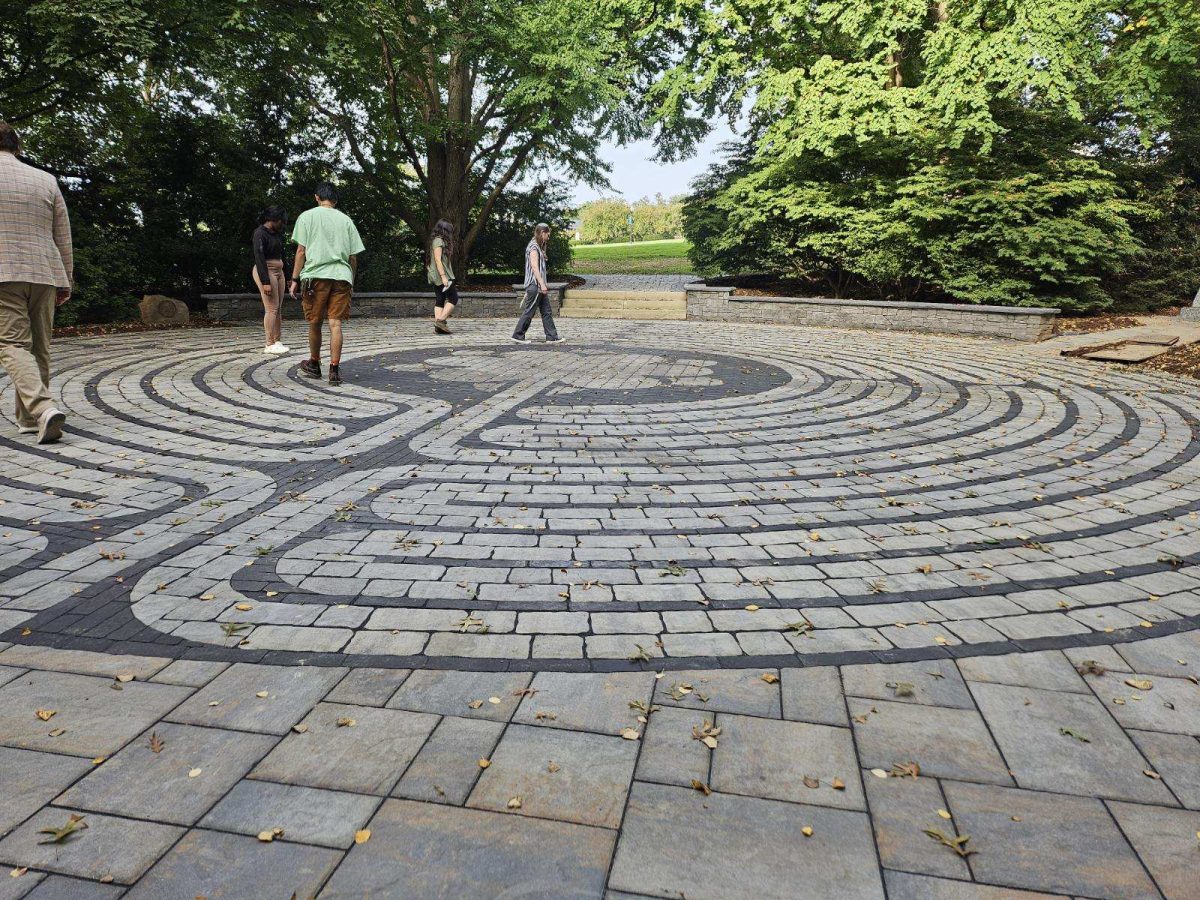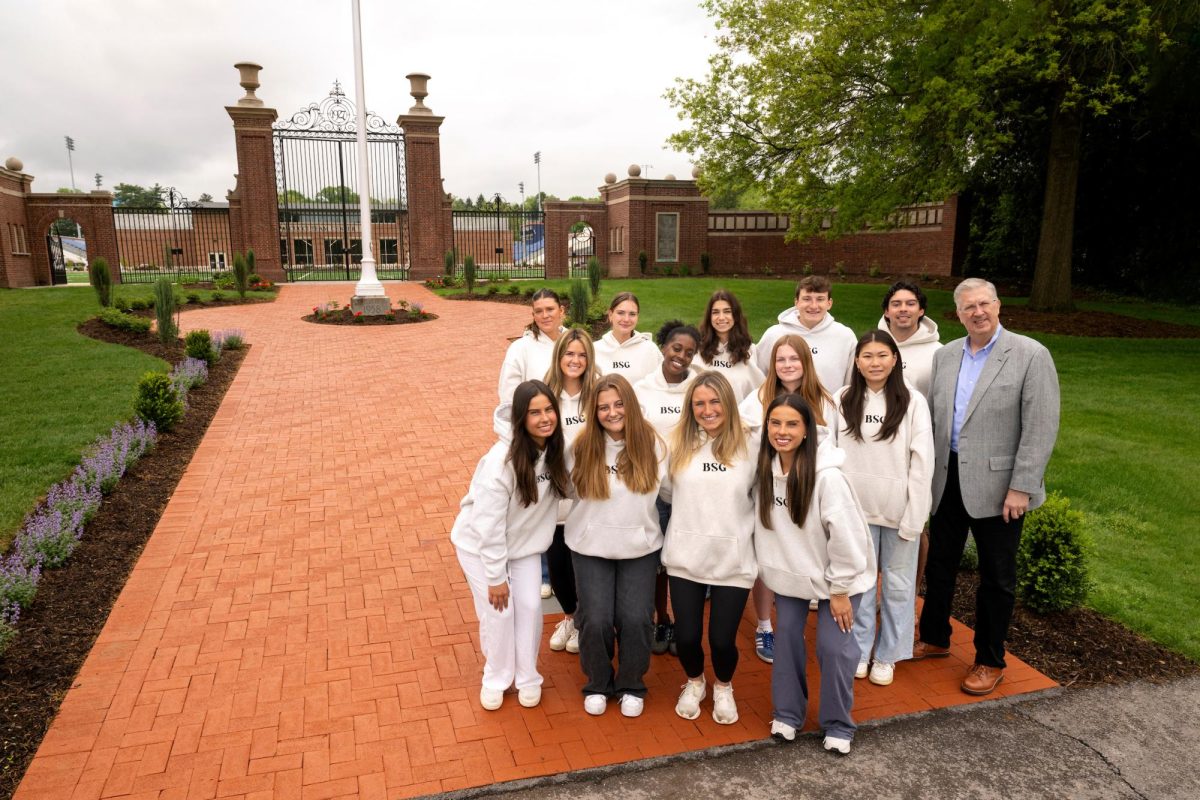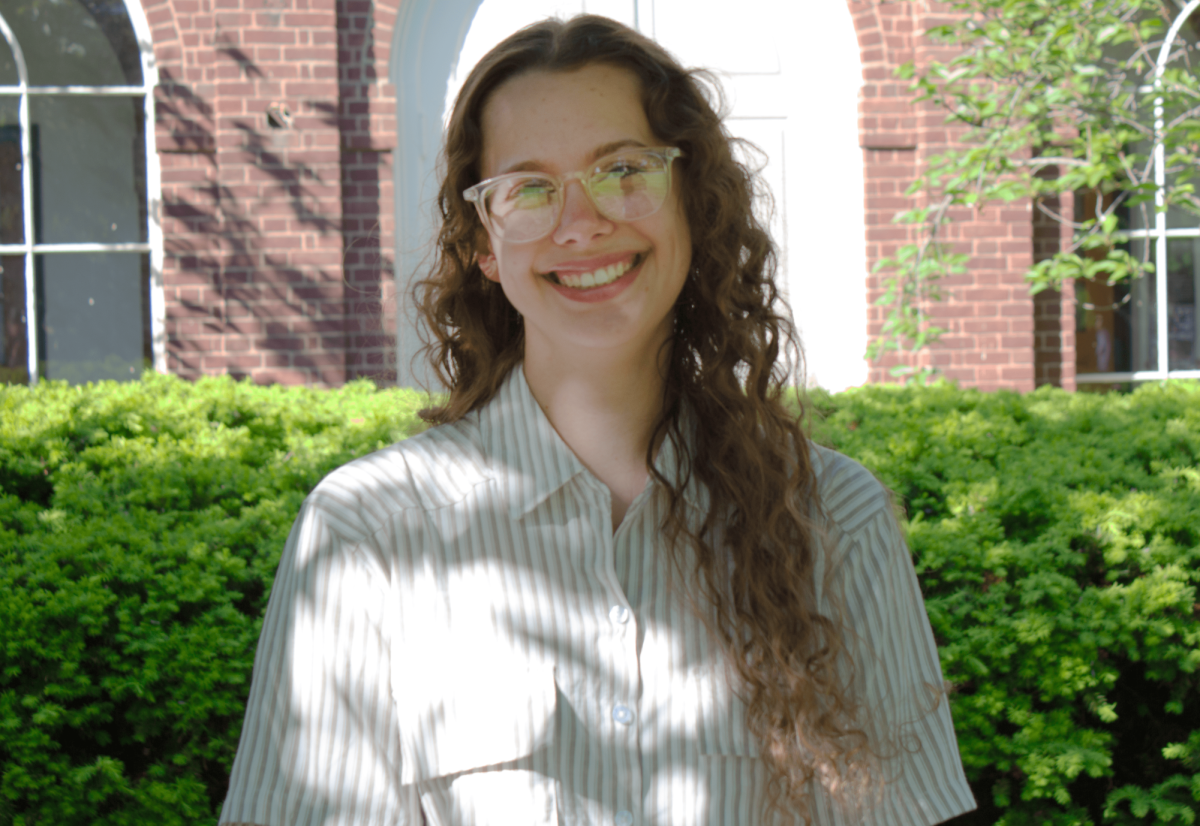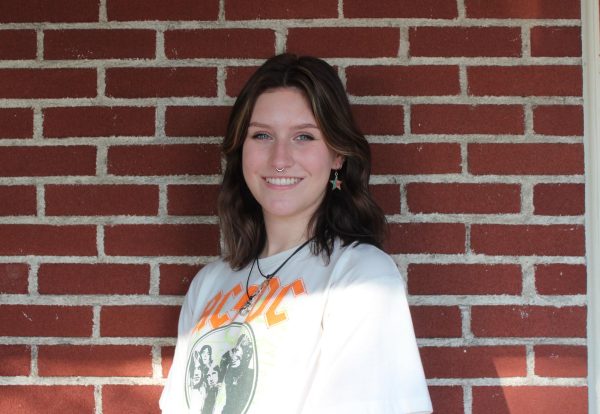In the summer of 2020, Religious & Spiritual Life collaborated with the Bucknell Farm, the Center for Community Engaged Leadership, Learning & Research and Facilities to create a walking labyrinth. Bucknell’s farm is situated near the water towers in the southwest corner of campus, and just downhill from the vegetable beds sits the labyrinth. A goal with the labyrinth’s creation maintained was sustainability, so it is composed solely from wooden waste material that was found around campus.
This ancient meditation resource aimed to welcome all of campus, but it was later realized that it was not accessible to all members of campus. To remedy this, a paved labyrinth is now housed just outside of Bucknell’s Rooke Chapel. It can be found on the side of the chapel that faces the Elaine Langone Center, tucked into a cave of trees and bushes.
“The Bucknellian” was given the fortunate opportunity to speak with Director of Religious & Spiritual Life Kurt Nelson to learn about the new labyrinth.
Nelson describes the labyrinth’s new location as “a lovely, lovely spot set apart [yet] very close to the heart of campus.”
A resource sheet made for the Rooke labyrinth explains that “the Labyrinth is an ancient symbol found across a range of cultures, continents and traditions.”
“Labyrinths were common in the Middle Ages; walking them was part of popular religious culture. The Rooke Chapel labyrinth is based on a 13th century C.E. pattern found in the floor of the Chartres Cathedral in France. Unlike a maze, a labyrinth is unicursal, with a single path to the center and out again, preventing the possibility that the walker will ever be lost. There is only one path–no tricks or dead ends. It is a practice of paying attention as you walk the winding path toward the center, and then back out into the world.”
“Labyrinth practice came into my world a long time ago in my role at Dartmouth College,” explained Nelson, “and we’ve had a portable canvas labyrinth ever since I arrived here.
“This memorial garden space has been on my radar since the beginning of my Bucknell tenure. There was always a circular grassy garden immediately behind the chapel, and we just needed the expertise and buy-in to make it happen.”
In the summer of 2024, Nelson was finally able to find that expertise. A local business, Creative Plantscapes, did the handiwork of laying the labyrinth’s stone.
“Our partners in the Facilities Office have been terrific, and our Coordinator Lauren Cohen was instrumental in getting the space up and running,” Nelson added.
About a month ago, the labyrinth was ready to be unveiled and Religious & Spiritual Life held a dedication ceremony.
In introducing the labyrinth, Nelson said that the symbol, to him, presents two key metaphors.
“First is that of the center,” read Nelson. “The idea that we are, that we have, that we are ever moving toward and aware of the center. This is a much better metaphor than balance, in my humble opinion. I don’t know that in the midst of all life has for us, that I ever really feel balanced. But I do often know where my center lies.
“And second is the idea that we are on a path, which will make sense, but often only in retrospect and we ought to have the faith to take the next step even so.”
When asked why he recommends people should check out the labyrinth, Nelson responded, “Folks should stop by because it’s beautiful!”
“And because it’s a really easily accessible practice— walk, follow the path toward the center, pay attention, follow the same path back into the world. You can come to rest. To clarify. To ask a question. To process. It just works.”
Since its unveiling, there have been several groups, courses and Residential Colleges that have attended facilitated sessions at the labyrinth.
“It’s super fun to introduce to a group and have a chance to process afterward,” Nelson said. “It’s a practice both very similar to and very different from other forms of meditation and contemplation, since there’s movement involved. I think folks have found it meaningful and accessible, which is our intention!”
Groups or classes interested in a facilitated session are encouraged to reach out to chaplain@bucknell.edu, but it’s there at all times for anyone to try.
“My hope is this will be a spot that causes generations of Bucknellians and members of the local community to slow down and pay attention and notice how lovely the world can be,” reflected Nelson, “even amidst its many challenges and complications.”























